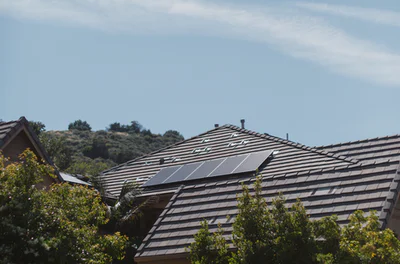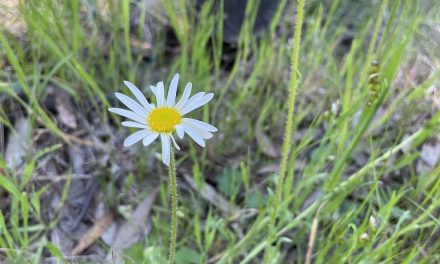Victor Szwed
Weather conditions vary each year and August this year has been a mixed bag. There have been numerous reports suggesting that spring is arriving earlier than usual. Some advise that plants and trees are waking from their winter dormancy ahead of time. What are your observations? And if you want to find out what atmospheric rivers are, read on.
While our August rainfall of 60.6mm is half the long-term average, our year to date rainfall for Daylesford is around 573mm which is close to the 600mm long term average. July and August have both been below average which fits in with the Weather Bureau’s modelling predicting drier and warmer conditions with an El Nino Watch warning.
The BoM has announced that the 2023 winter was the warmest on record in Australia.
The wet conditions over the past couple of years have resulted in soil moisture (the top 100mm) being above average in some parts of Australia including Central Victoria according to the Bureau’s website. However, large parts of western and eastern regions of Australia are well below average. Compare this to the national fire-risk announcements recently and there is a clear correlation.
We have just returned from our caravan expedition to inland Queensland and New South Wales. Parts of inland Queensland still have reasonable pasture and some farms are agisting sheep and cattle from inland New South Wales where drier conditions have placed considerable stress on farming communities.
While our local fire risks are not too bad, there are still significant risks with high fuel loads from grass and weed growth which can impact significantly if we get very dry and hot conditions into summer. It is important that we all do what we can to reduce fire risk around our properties now.
Our water storages are full and Melbourne’s are doing very well at 92% full. Across Australia the major storages average 78.7%. However, El Nino could come in over an extended drought period and we should ensure that we conserve water.
Central Highlands Water have been busy building their $15 million pipeline to bring extra water from the Goldfields Superpipe 14km to Daylesford’s Water Treatment Plant. This will boost the supply next year by as much as 300 million litres.
All of this article highlights the “mixed” conditions and how things can change.
Have you heard of “atmospheric rivers”? If not, it’s no surprise since they were only discovered around 25 years ago! In an Australian Geographic September-October 2022 article, Dr Karl Kruszelnicki reported on this very unusual phenomenon.
“An Atmospheric river is a narrow, fast flowing stream of moist air. It can be many thousands of kilometres long, and a few hundred wide” advises Dr Karl. In February 2022, one dumped cubic kilometres of water onto Brisbane causing massive flooding.
Dr Kruszelnicki warns that Greenhouse gases generated by human activity are now adding huge amounts of heat and moisture into the atmospheric rivers which is likely to exacerbate the more intense recently occurring rainfalls and create record rainfalls in various parts of our planet. In other regions there have been extended drought conditions.
2022-2023 across Australia was the seventh wettest year on record and the National mean maximum and minimum temperatures were slightly above average. La Nina peaked last November and the Bureau forecasts that there is a 70% chance of below average rainfall and around 80% chance of warmer temperatures over the coming months.
Victor Szwed is a local resident who contributes a regular column on the weather to The Wombat Post.





